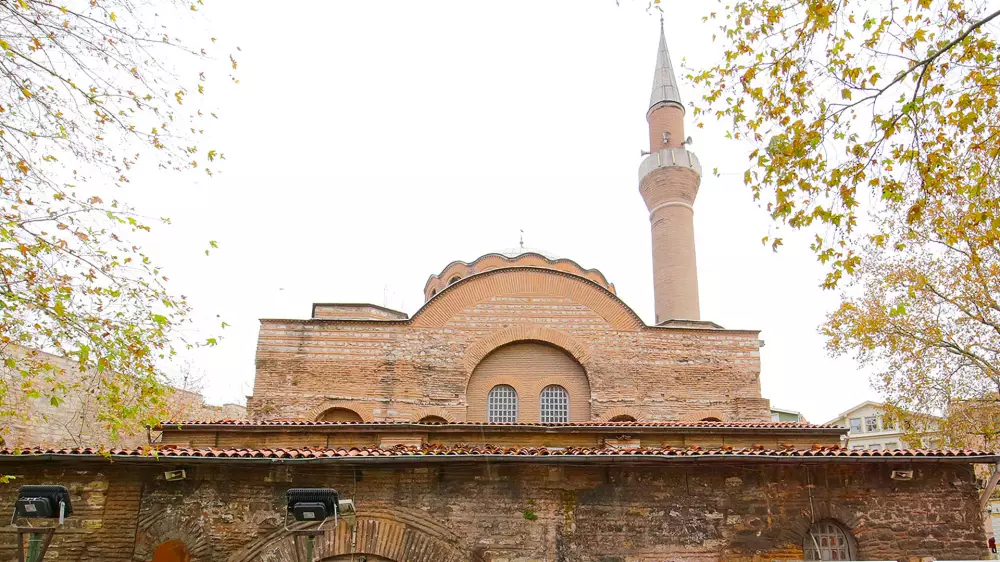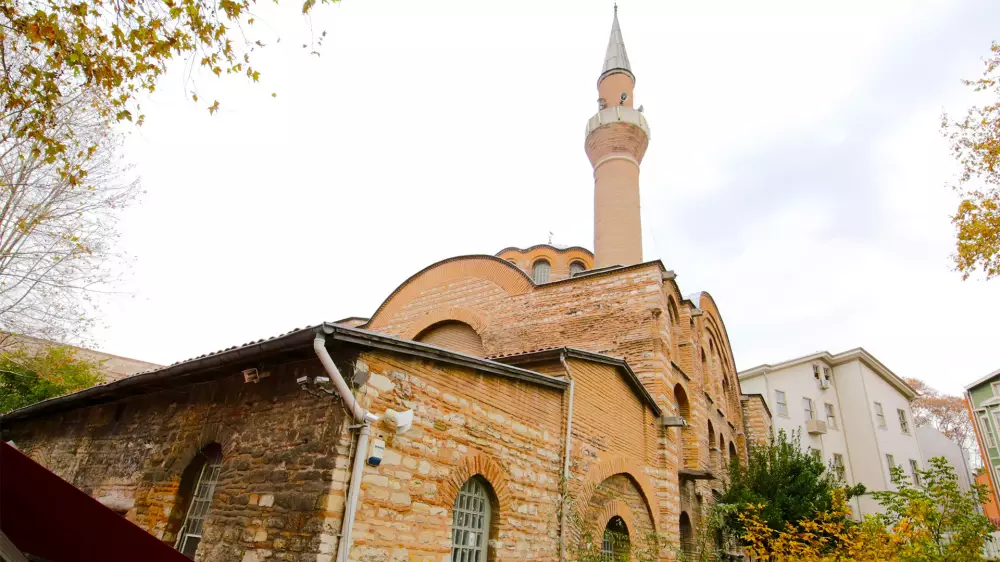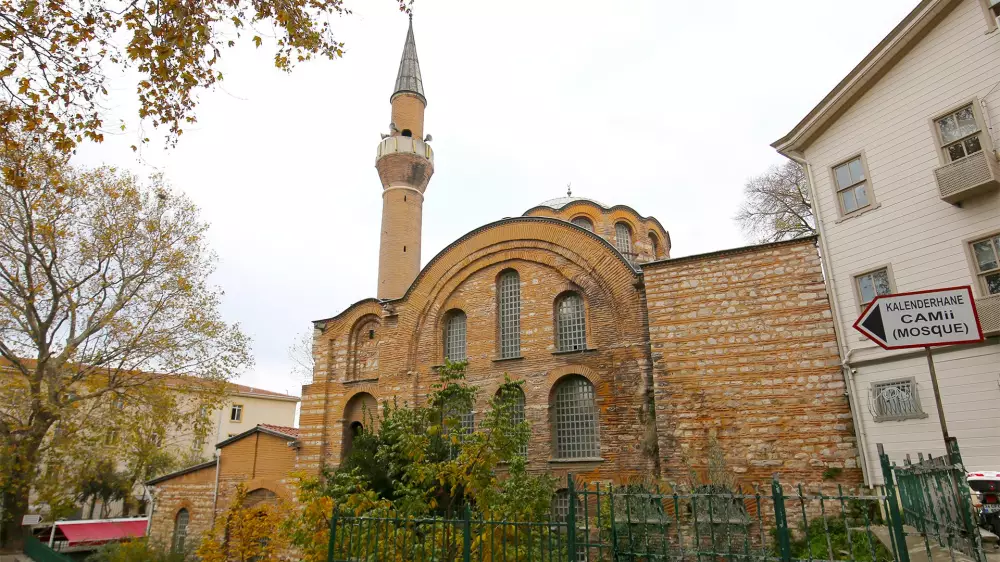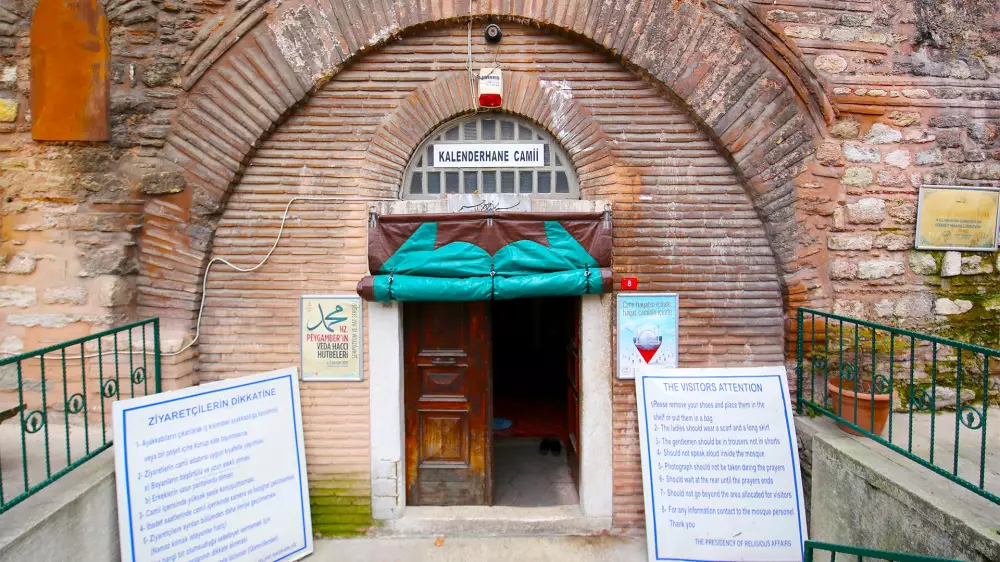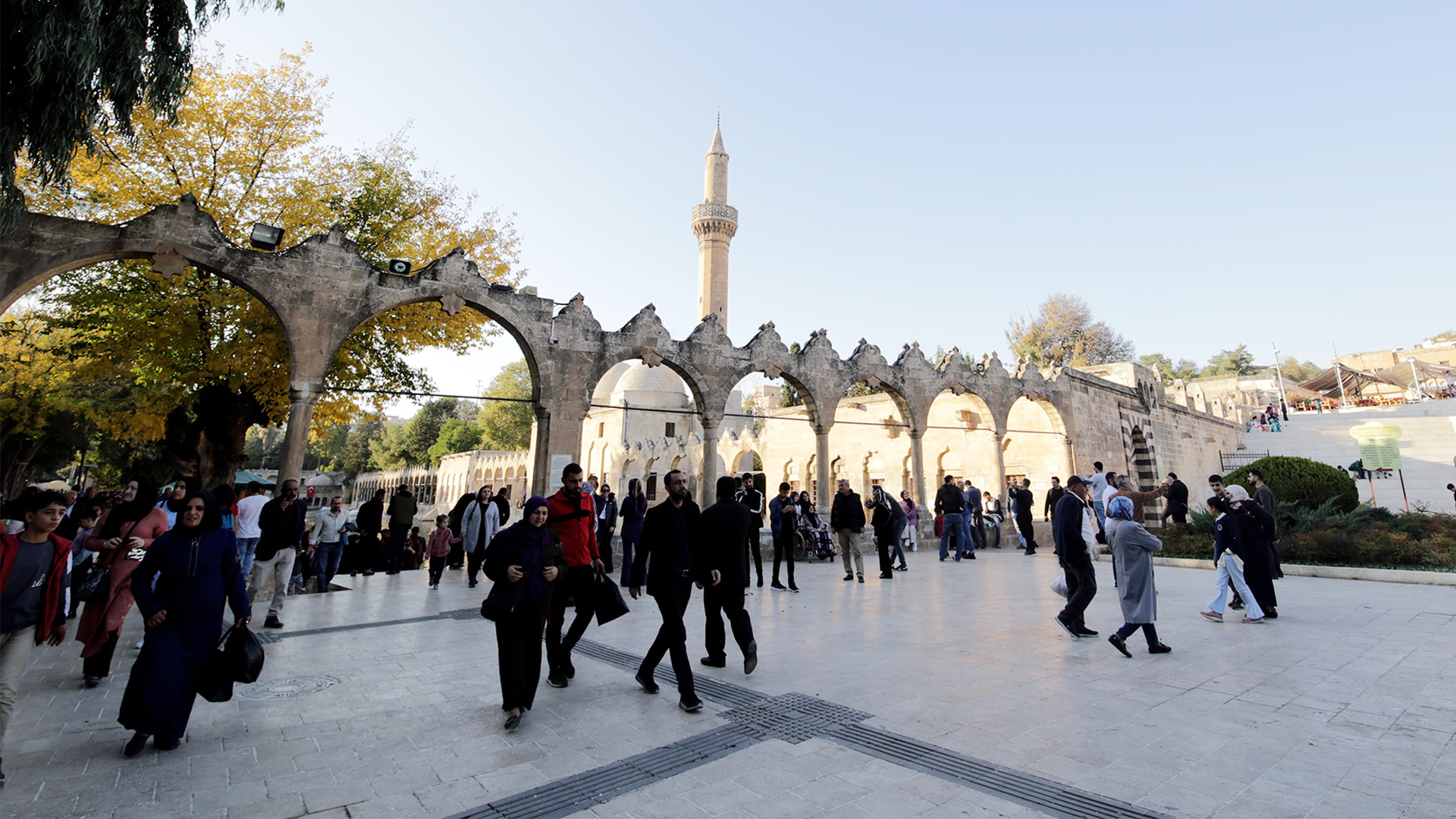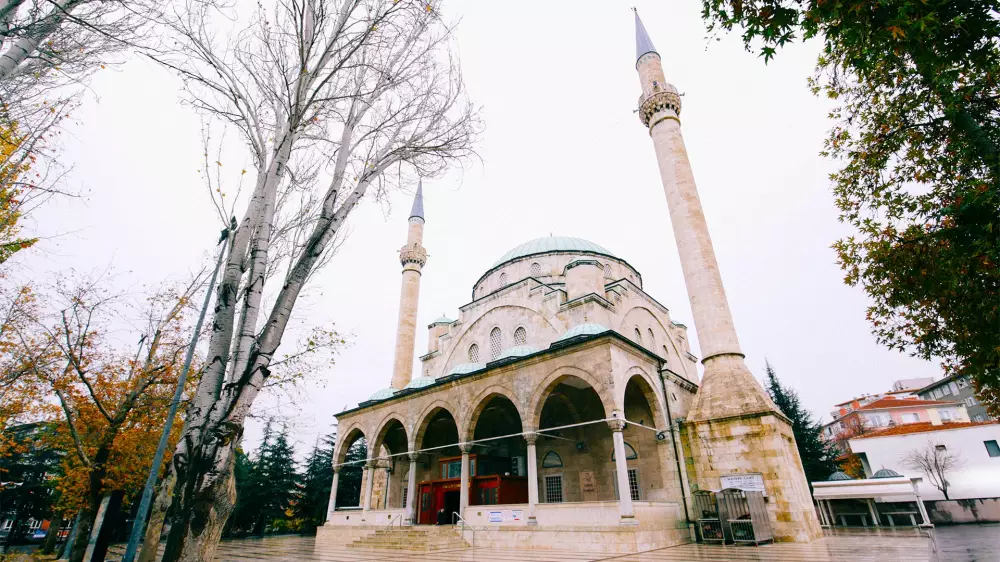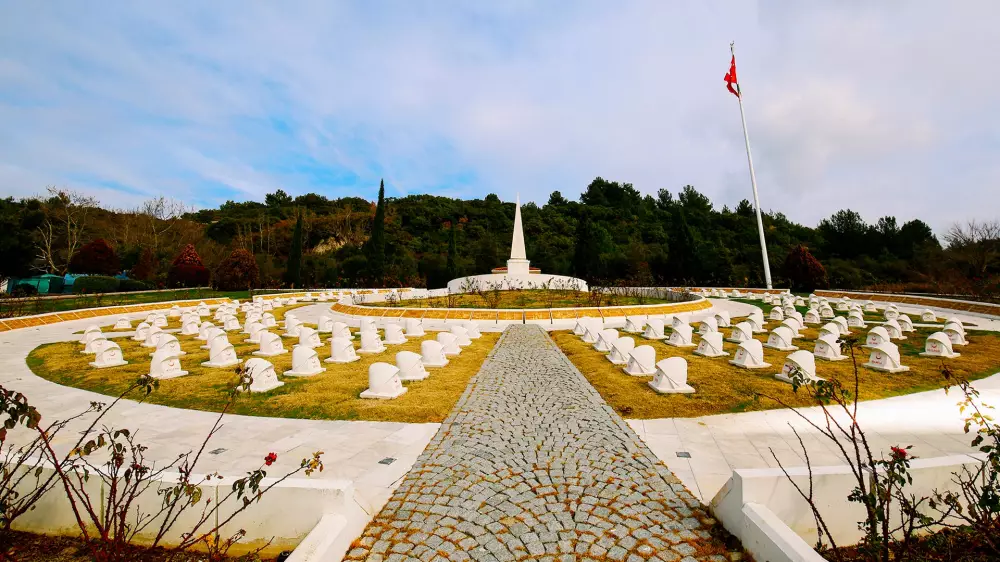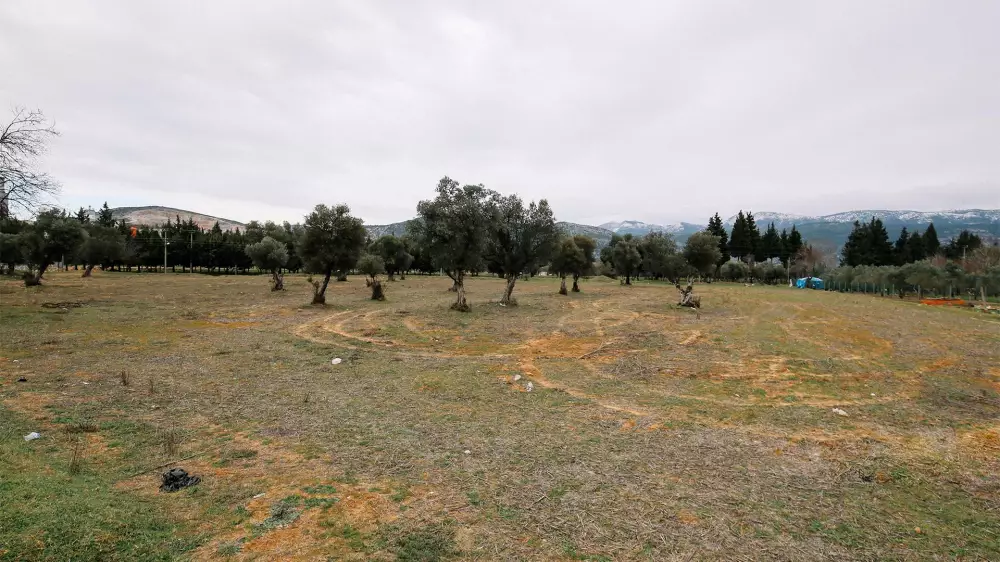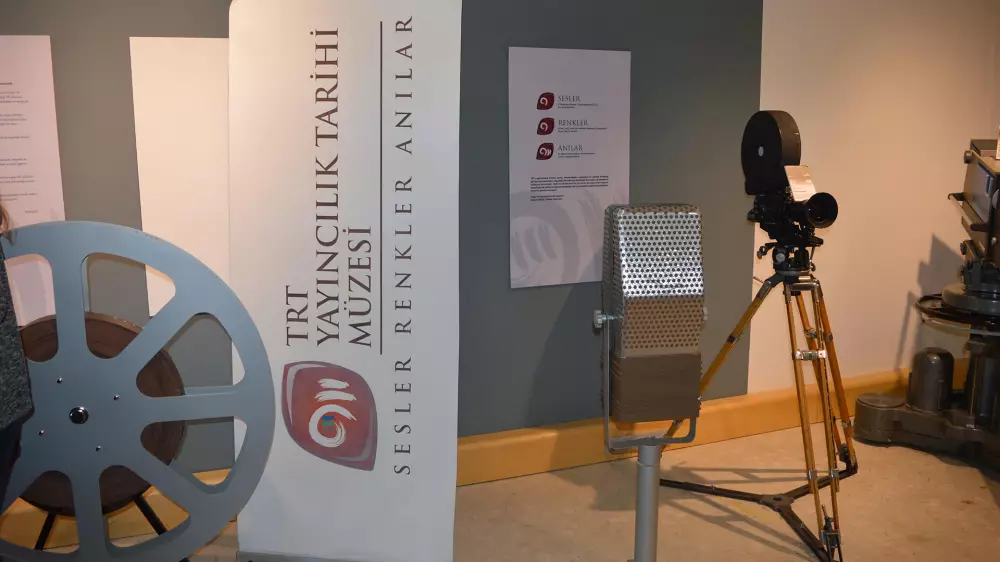
Kalenderhane Mosque
24.02.2024 21:57
It is known that churches all over the city were generally converted into mosques in parallel with the needs of the increasing Muslim population after the conquest of Istanbul in 1453. The story of the Kalenderhane Mosque in the Fatih district is slightly different from this general information.
Kalenderhane Mosque was initially allocated to the dervishes of the Kalenderi dervish order, which had significant benefits during the Ottoman Sultan Mehmet the Conqueror's siege of the city. The building, which previously served as Akataleptos Monastery or, according to another view, the Diakonissa Church, for religious worship, is thus reorganized for the needs of the lodge. For example, a part of it is used as semahane, and sema rituals are performed. In this aspect, besides being used as a madrasa, it is the first Mevlevihane in Istanbul.
The mosque, which became known as Kalenderhane in time due to being a structure allocated to the Kalenderi dervish order, was transformed into a mosque in the 18th century after providing functions for long centuries. The mosque, which was destroyed by lightning in 1930, cannot be used for more than a quarter of a century. The building, which remained in this way until the end of the 1960s, was opened to worship after restoration and brought to the public.
The structure, which strongly reflects the Byzantine church texture with its red bricks and large windows, is one of the city's interesting historical works. Different Byzantine remains, such as the bath foundation, were found in various archaeological excavations around it.
The most important detail of Kalenderhane Mosque, which has a single minaret and a single balcony, that can be considered artistically within Islamic works' scope, is the hand-drawn decorations on its walls. The mosque, which attracts attention with its marble coverings in the interior, is open to worship and visitors today.
Gallery
